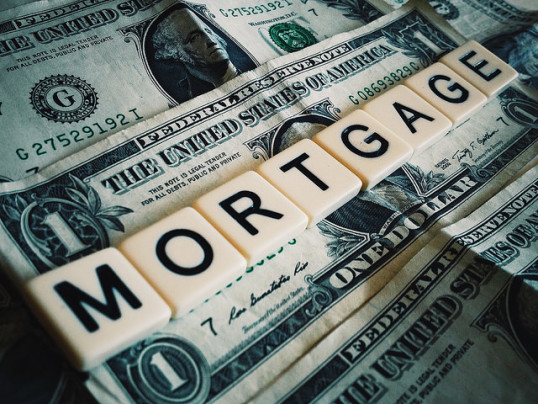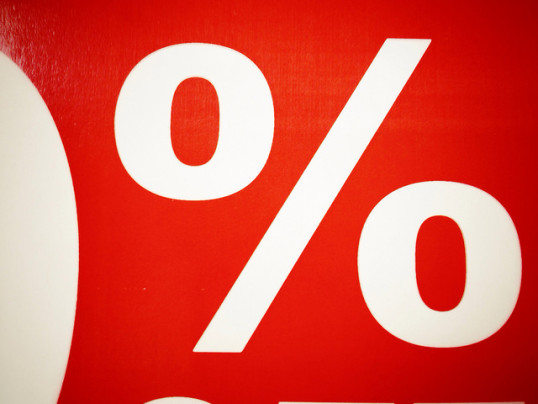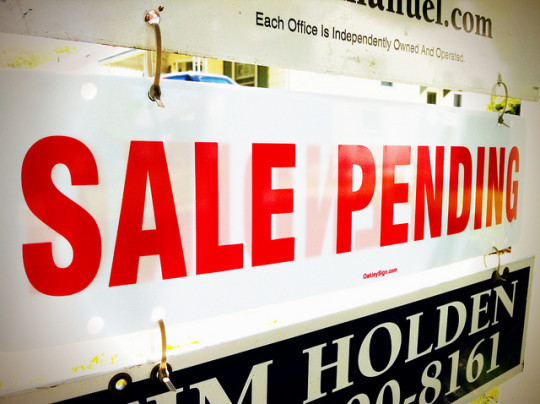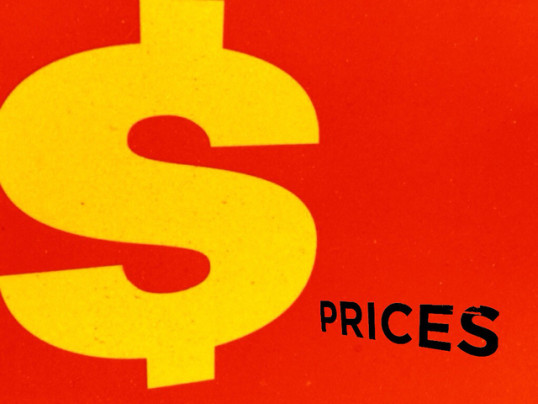The number of Americans who feel they could get a mortgage is on the rise, according to the most recent National Housing Survey from Fannie Mae. In fact, 52 percent of survey respondents said they feel it would be easy to get a home mortgage today, the highest in survey history. At the same time, the number of participants who said it would be difficult fell to an all-time survey low. Doug Duncan, Fannie Mae’s chief economist, said the change is welcome news but noted that consumer confidence in the housing market is still lagging behind perception of the economy as a whole. “Despite consistent and robust job growth in recent months, consumer attitudes toward housing remained cautious in the final month of 2014,” Duncan said. This, however, is not such a surprising development due to the long-term financial commitment required to buy a house. According to Duncan, prospective home buyers want to be absolutely sure their personal finances can withstand potential downside risks to the economy. Still, the share of respondents who say the economy is headed in the right direction rose 5 percent in December and the number who said it isn’t fell for the fifth straight month. Also, 64 percent of respondents said it was a good time to buy a house. More here.
Archive for January 2015
Mortgage Rates Fall Over Holiday Weeks
The most recent data from the Mortgage Bankers Association’s Weekly Applications Survey actually covers two weeks and includes adjustments for the Christmas and New Year’s holiday. Typically a slow period for mortgage applications, the holidays resulted in a 9.1 percent decline in demand over the past two weeks. Refinance activity was down 12 percent and the seasonally adjusted Purchase Index fell 5 percent. Despite the drop in demand, however, the MBA’s weekly survey wasn’t all bad news. In fact, the most recent data shows mortgage rates down across all loan categories, including 30-year fixed-rate mortgages with both conforming and jumbo balances, loans backed by the Federal Housing Administration, and 15-year fixed mortgages. The drop in mortgage rates is consistent with recent trends and is welcome news for prospective home buyers. The MBA’s weekly survey has been conducted since 1990 and covers 75 percent of all retail residential mortgage applications. More here.
Americans Enter New Year Feeling Confident
The economy and housing market are linked in such a way that one can’t do very well without the other. That’s why even though a large majority of Americans continue to express a desire to own their own home, residential real estate has experienced a gradual, up-and-down recovery since the financial crisis and housing crash. Without sustained growth and a healthy economy, the housing market’s rebound has been volatile and consumers who would otherwise be interested in buying have held off. But recent economic improvement – and the expectation of further gains in 2015 – is good news for the housing market and prospective home buyers and sellers. Already this year, the economy’s momentum has pushed Gallup’s Economic Confidence Index into positive territory for the first time since 2008. The index, which measures Americans’ views of current economic conditions and their perceptions of whether the economy is getting better or worse, scores responses on a scale with a maximum of +100 and a minimum of -100. After falling as low as -65 in the years following the financial crisis, the index reached positive territory in the final week of 2014 and has remained slightly above zero according to the most recent reading. More here.
Real Estate Trends To Watch In 2015
The beginning of every new year brings optimism, a chance for a fresh start, and a flood of predictions from analysts and experts who believe they know what will unfold over the next 12 months. This is especially true for residential real estate and the housing market, where there is no shortage of expert opinions offering an outlook for the coming year. This year, most forecasts are predicting a good year ahead for the real estate market. The optimism is mostly based on renewed strength in the economy and job market and the belief that continued improvement will release pent up demand to buy homes. First-time home buyers are expected to make the biggest impact, as younger buyers have not been as active in the market over the past few years. According to a projection from realtor.com, Millennials are expected to account for two-thirds of household formations over the next five years. Another reason for optimism among housing analysts is the continued stabilization of home prices. After years of volatility, home prices are beginning to settle back into more stable growth patterns as investors retreat from the market. Combined with increasing rent and an improved economy, stability in the housing market should help boost consumer confidence and propel sales. More here.
Pending Home Sales Improve In November
The National Association of Realtors’ Pending Home Sales Index measures how many contracts to buy homes were signed each month. Because the index measures sales that have yet to close, it is a good indication of future existing home sales. In November, the index rose 0.8 percent and was above year-before levels for the third consecutive month. It is now 4.1 percent above November 2013, which is the highest year-over-year gain in 15 months. Lawrence Yun, NAR’s chief economist, said pending sales have been fairly stable but have yet to break out. According to Yun, consistent economic growth and steady hiring during the second half of 2014 has given prospective buyers enough assurance to consider buying a home. Yun also noted that moderating price increases, historically low mortgage rates, and rent rising at a seven-year high have also contributed to a favorable environment for buyers. Regionally, pending sales rose 1.4 in the Northeast, 1.3 percent in the South, and 0.4 percent in the West. The Midwest was the only region that didn’t see gains in November, falling 0.4 percent from the month before. More here.
Home Price Increases Continue On Trend
For most of 2014, home prices have continued to go up, but at a slower and slower pace. This is a sign that the dramatic increases of the previous year are being replaced by increasing stability in home values. And, according to the most recent S&P / Case-Shiller Home Price Indices, the trend continues. Both their 10-city and 20-city indexes saw year-over-year increases decline in October compared to the month before. But despite the overall trend, home prices were still up 4.5 percent from last year and there is evidence that some cities are beginning to see home price increases accelerate again. David Blitzer, managing director and chairman of the index committee at S&P Dow Jones Indices, said after a long period when prices rose at a slower pace each month, there are now hints that prices could end 2014 on a strong note and accelerate into 2015. As evidence, Blitzer noted that all 20 cities included in the index were experiencing weakening annual price increases just two months prior to the most recent report. Now, just 12 cities saw weaker growth, while eight saw the pace of price gains pick up. More here.






